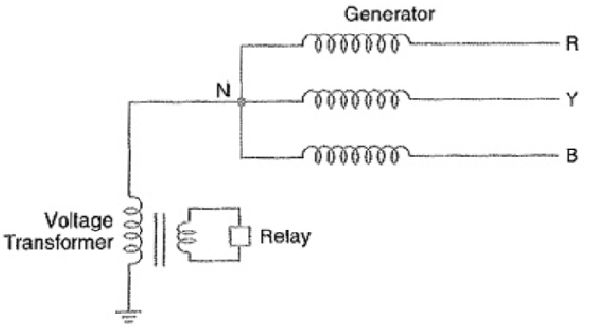- Home/
- CDS & Defence/
- Article
Solid Grounding is Adopted for Voltages Below (A) 100 V (B) 200 V (C) 400 V (D) 600 V
By BYJU'S Exam Prep
Updated on: September 25th, 2023
Solid grounding is adopted for voltages below 600 V. Solid grounding is used due to the higher point-of-fault energy levels for voltages below 600 V and for high voltages above 33 kV.
Table of content
What is Solid Grounding?
When the power transformer, generator, or grounding transformer neutral is linked directly to the ground using a conductor of minimal reactance and resistance, a power system is said to be successfully grounded or securely grounded.
Reactance grounding:
In order to reduce the fault current, this approach inserts a reactance between the neutral and the ground. An increase in transient voltages for this method shows up when there is a fault.
Voltage Transformer Earthing:

The main of a single-phase voltage transformer is linked between the neutral and the earth in this method of neutral earthing.
Pulse transformer
- For neutral grounding, no pulse transformer is used.
- A pulse transformer is a transformer that has been improved to produce electrical pulses with high velocity and stable amplitude.
- For the most part, gate terminal firing circuits in power electronic devices like SCR use pulse transformers, which are essentially 1:1 transformers.
- It is utilized to separate the high-power circuit for SCR use from the low-power gate firing circuit.
Summary
Solid Grounding is Adopted for Voltages Below (A) 100 V (B) 200 V (C) 400 V (D) 600 V
For voltage below 600, solid grounding is adopted. The main reason behind the use of Solid Grounding is higher point-of-fault energy levels.
